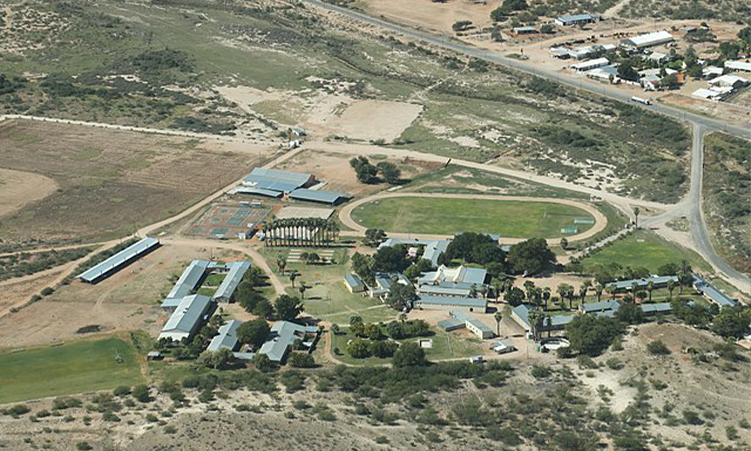The Stampriet Aquifer Uranium Mining Association (Sauma), an organisation fighting to protect the drinking water in the Stampriet basin, has warned the government about a national catastrophe, including litigation, should full-scale in-situ leach mining be allowed in the area.
In an open letter to members of Cabinet, members of parliament, standing committees, regional governors, councillors, traditional authorities and the Namibian public, Sauma, which is affiliated to the Namibia Agricultural Union (NAU), highlighted the risks posed by the proposed in-situ leach mining of uranium in the basin, south-east of Namibia.
The people, the animals and the economy of vast rural areas of semi-arid Namibia rely entirely on drinkable groundwater for their survival, wrote Sauma, adding it has no alternative.
“One such region is the Stampriet Artesian Basin below the Kalahari dunes of south-eastern Namibia, which has served as a vital farming area for decades,” Sauma’s management committee said in the open letter.
The organisation said analyses of water from boreholes in the Stampriet Artesian Basin show that the water outside the uranium ore body is safe to drink, but the situation would change dramatically if the uranium that was discovered in the main underground artesian aquifer of the basin were to be mined.
According to Sauma, the in-situ leach mining involves forcing sulphuric acid and other chemicals through boreholes into the uranium orebody located in the drinking-water aquifer, dissolving the uranium into the water and pumping it out again to recover the uranium.
“The leach solution in such a mine contains dangerous concentrations of dissolved uranium far above the World Health Organisation’s safe drinking-water guidelines,” Sauma argued.
In-situ leaching mines consist of thousands of injection and production boreholes spaced 20m to 30m apart over areas which can exceed 1 000ha in size.
“Presently, exploration licences for uranium cover 53% of the Stampriet Artesian Basin, an area of 3,3 million hectares, posing an imminent threat to the quality of the drinking water in the region,” Sauma said, adding that in-situ leach mining has the potential to massively contaminate one aquifer after another through bedrock fractures and old water boreholes that leak.
Additionally, irrigation projects pump water from the main aquifer at rates of up to 100 000 litres per hour and this induces very fast flow of the water through the aquifer, which can potentially draw water from an in-situ leaching mine area and cause pollution of the aquifer well beyond the boundaries of the mine.
The Stampriet Artesian Basin extends into Botswana and South Africa, where the same aquifers are pumped for drinking water.
“Pollution of the water in these neighbouring countries due to in-situ leach mining in Namibia could lead to international litigation and huge compensatory expenses for the Namibian government,” Sauma warned.
The committee said as a member of the United Nations, Namibia is bound by international conventions and resolutions on transboundary issues and reports of pollution of underground drinking water through in-situ leach mining could affect tourism and agriculture throughout Namibia and affect the entire nation’s reputation and agronomic economy.
An environmental impact assessment was recently concluded for four years of in-situ leaching pilot plant test mining of uranium in the Stampriet Artesian Basin.
“If approved, this would be the first step towards pollution of the underground drinking water of the Stampriet artesian basin,” said Sauma.
– email: matthew@namibian.com.na
Stay informed with The Namibian – your source for credible journalism. Get in-depth reporting and opinions for
only N$85 a month. Invest in journalism, invest in democracy –
Subscribe Now!






